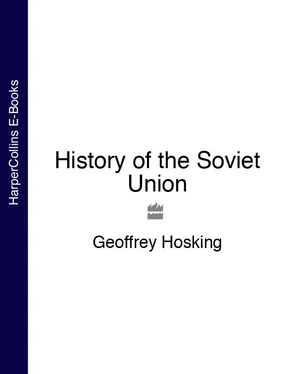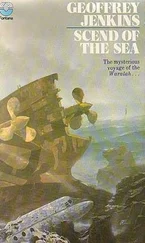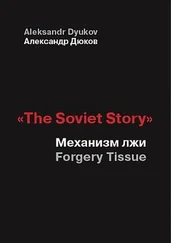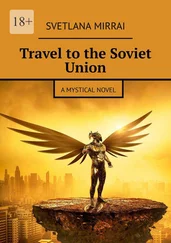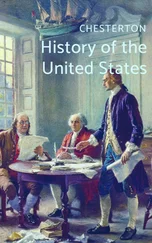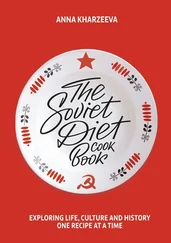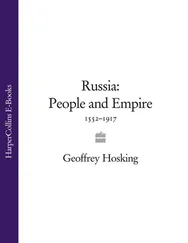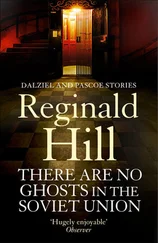What had made this difference? Basically it had been the experience of holding power and of conducting a civil war; and both those experiences had resulted directly from Lenin’s decision to go it alone in seizing power in October.
The most obvious external change was the growth in membership. After their rapid rise in 1917, numbers grew a further three- to fourfold by March 1921, when officially membership stood at nearly three quarters of a million. The climb had been by no means smooth. There was, for example, a considerable influx immediately after October, but then a large-scale exodus, probably mainly of workers disillusioned with Bolshevik rule. Growth resumed during the civil war as Red Army soldiers joined, but there were also periodic ‘purges’ designed to weed out the half-hearted, the corrupt and the merely careerist.
These ups and downs reflected in part anxiety in the leadership about their rank and file. Membership policy was dictated by two considerations which were in tension with one another. The Communists were unequivocally the ruling party, but on the other hand they also called themselves a mass party. Now, ruling parties inevitably have many members who, whatever their social origin, become unmistakably middle-class in their lifestyle. With the working-class base fading away, and the peasants increasingly alienated by the party, it constantly faced the threat of becoming largely a party of officials. Between 1917 and 1921 working-class membership reportedly sank from 60 per cent to 40 per cent. In reality, it probably fell a good deal further than that, since many who declared themselves workers were actually by now administrators, commissars, Red Army commanders and the like. Indeed, party records show that in October 1919 only 11 per cent of members were actually working in factories, and even some of them were in administrative posts.
Another natural result of numerical growth was that the proportion of pre-October Bolsheviks declined. In the summer of 1919 it was discovered that only one fifth of the members had been in the party since before the revolution. This proportion must have declined further thereafter. The formative experience of most Communists was no longer the revolutionary struggle in the factories (still less the deprivations and theoretical wrangles of underground and exile), but rather the fighting of the civil war. The archetypal Communist was no longer a shabbily dressed intellectual, but rather a leather-jacketed commissar with a Mauser at his hip, and promotion in party ranks now tended to go to the poorly educated, theoretically unsophisticated, direct, resourceful, often brutal types who had risen to prominence in the Red Army. If they were of worker or peasant origin–and most were–they were only too glad to have risen beyond it. It would be too much to say that the party now became militarist in outlook, but it is true that most party officials were by now used to solving problems by willpower, effort and coercion. This wartime experience reinforced Lenin’s dictum that politics was essentially about who defeats whom ( kto kogo ).
The civil war and the experience of power also profoundly affected the party’s internal organization. If in 1917 it had been possible for Sverdlov and Stasova, in the Secretariat, to handle all the party leadership’s correspondence and to keep the membership records more or less in their heads, that was clearly no longer satisfactory once the party had governmental responsibility. All the same, it took quite a long time before the party’s structure assumed clearly defined forms, and for a year or more after October improvization was often the order of the day.
When it did come, the hardening of the party’s institutional structure owed as much to pressure from below as from above, as emerges clearly from recent research by Robert Service. During the emergencies of the civil war, local party organizations often found themselves desperately short of capable organizers, since their best men had gone off to fight. They were only too glad to be sent emissaries or instructions from the Central Committee in Moscow. Local party secretaries, deprived of colleagues or assistants, would take important decisions themselves: party meetings would become perfunctory formalities, with resolutions passed ‘at a cavalry gallop’, as someone complained. The practice of electing party officials, and of seriously discussing alternative candidates and policies, withered away. It became the norm for officials and committees to be appointed from the next higher level, and for commissars from the centre to arrive in an emergency and take all the really important decisions.
Of course, all this suited Lenin’s leadership style–and Trotsky’s too, for that matter. Both men were used to dealing with local difficulties by firing off peremptory telegrams cutting through Gordian knots. What happened now was that their instinctive authoritarianism received institutional form.
This meant that, especially at the medium and upper levels of the party, a stratum of full-time officials was emerging, whose main function, given the grip the party now had over the soviets and the Red Army, was simply the exercise of power. At the very top, 1919 also saw further hardening of the structures, owing both to the war and to Sverdlov’s death in March. The Central Committee, currently a body of nineteen full members and eight candidates, was already too large for speedy decision-making, and the Eighth Party Congress (March 1919) set up a Political Bureau (or Politburo ) of five to do this. Its initial five members were Lenin, Trotsky, Stalin, Kamenev and Krestinsky. Alongside it an Orgburo was installed to concentrate on the organizational and personnel work of the Central Committee, and this soon developed a formidable array of files and card indices on cadres (as the party’s staff came to be called) all over the country. Originally there were only two joint members of the Politburo and Orgburo: Krestinsky and Stalin. The Secretariat was also now formalized to conduct the party’s correspondence and deal with ‘current questions of an organizational and executive character’, the Orgburo being entrusted with ‘the general direction of the organizational work’. In practice these two bodies had overlapping functions. Stalin did not move into the Secretariat until 1922, but when he did so, he not only took charge of it as General Secretary, but also became the only man to sit on all three of the party’s directive committees.
From the outset, the new bodies, especially the Politburo, took over much of the de facto power of the Central Committee. In theory the latter was supposed to meet once a fortnight, but during the rest of 1919 it met less than half that often, while between April and November the Politburo held 29 separate meetings, and 19 joint ones with the Orgburo, while the latter met no less than 110 times on its own.
The party’s relationship with the rest of society was also beginning to take shape. The party rules passed in December 1919 laid down that, where there were three or more party members in any organization whatever, they had the duty to form a party cell ‘whose task it is to increase party influence in every direction, carry out party policies in non-party milieux, and effect party supervision over the work of all the organizations and institutions indicated’. To ensure that suitable people were selected for this authoritative role, the Ninth Party Congress recommended party committees at all levels to keep lists of employees suitable for particular kinds of work and for promotion within their field. Such lists, coordinated and extended by the Secretariat, became the nucleus of the nomenklatura system of appointments, not just in the party, but in all walks of life.
Читать дальше
